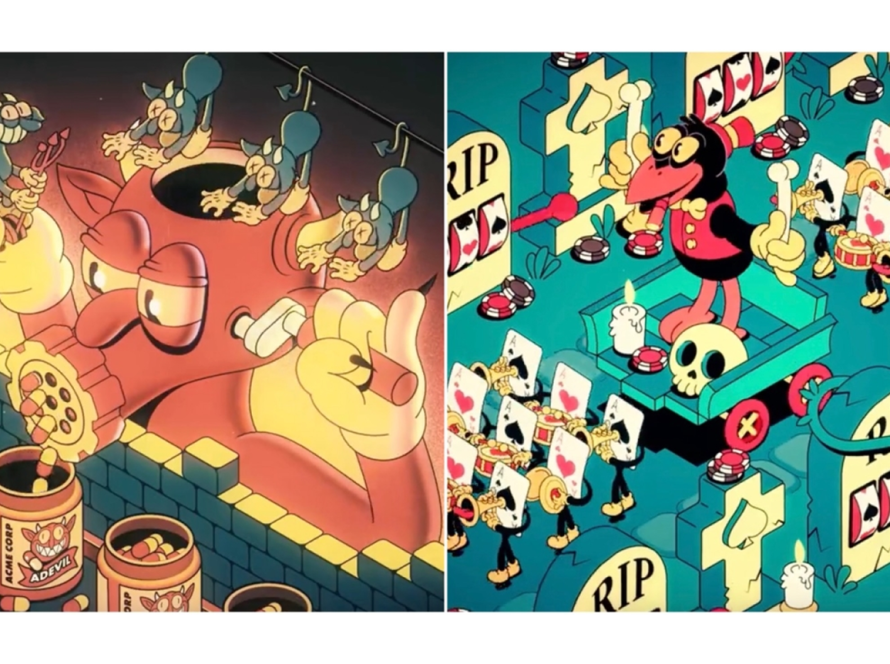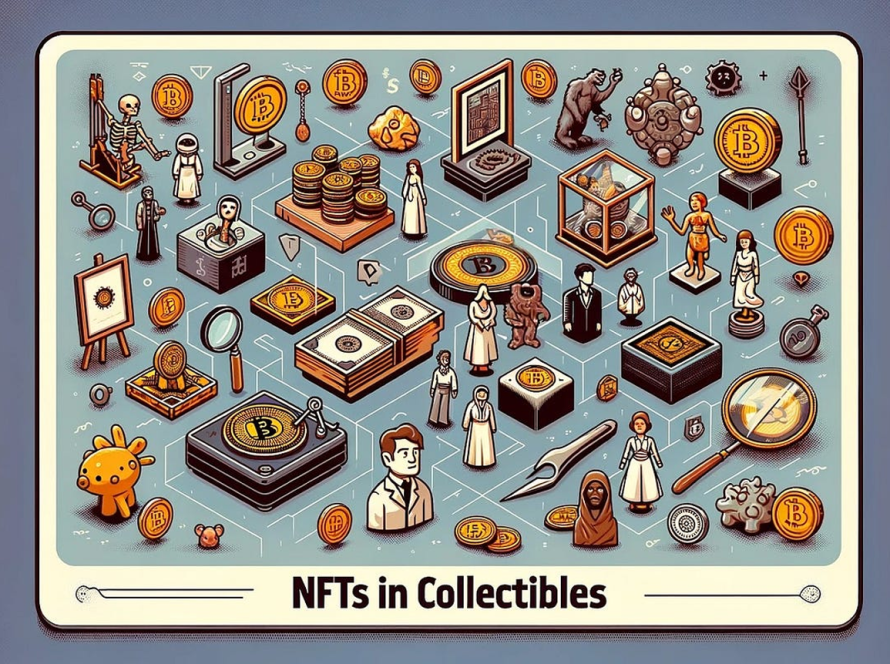With the development of game graphics technology, players increasingly expect vibrant and lifelike experiences from characters in games. That is why game character animation has become a crucial factor in the gaming industry. To create a character that meets player expectations, game developers need to apply a rigorous game character animation production process. If you want to delve into this topic, follow the article below by 7swordsgames.
What is game character animation?
First, game character animation involves the creation of realistic movements and behaviors for characters in video games. This encompasses designing animations, defining keyframes, and utilizing motion capture technology. Overall, the ultimate goal of game character animation is to infuse vitality and interactivity into characters.
Certainly, the process of creating animated characters is not a simple one. It demands a great deal of creative skills along with knowledge of animation. To gain a deeper understanding, please continue reading the following section below. There, we will provide detailed explanations for each step in the production process.
Game character animation: step by step guide for production process
Step-by-step guide for the production process consists of 8 highly detailed steps. Follow and implement the process correctly for the best results.
Research and conceptualization
Research and ideation are crucial initial steps in the process of producing character animations for games. This forms the foundation for the creative development of your project. Specifically, you must understand the game’s style and narrative. Define the role and specific purpose of the character. You can create a design summary or a concept document that includes:
- Determining the appearance of them, including their physical attributes, clothing, and accessories.
- Examining the storyline, personality traits and motivations of the character to make choices regarding their design and animation.
- Identifying the movement style, such as whether they are agile, heavy or have a unique motion mechanism.
- Including reference images, sketches or mood boards to illustrate your ideas.
Next, you need to identify the target audience, considering their age, interests and expectations. From there, you can proceed to implement a suitable game character animation design.
Game character design
At the second step, you commence crafting characters with compelling and memorable visuals, aiming to leave a lasting impression on players. Building upon the research content above, you proceed to sketch in-game characters.
Here, you determine the shapes that align with the character’s personality. For instance, if designing a strong and assertive male character, opting for square shapes is advisable. Additionally, color serves as a crucial element to convey the character’s traits. Select a color palette that suits the game’s theme.
Do not hesitate to iterate multiple times. Experiment with various versions, then choose the sketch that impresses you the most. At this point, you’ve created a complete in-game character. The next step involves preparing for animation.
Separation of character body parts
Next, dividing the character into independent motion parts is a crucial method for creating flexible and easily manageable animations. By separating individual body parts, you can generate movements independently for each segment.
The more individual joints you create, the more diverse range of motions you can achieve. Our advice is to separate every part, including the torso, two arms and two legs. Additionally, don’t forget about the facial features such as eyes, nose, mouth, and eyebrows.
Separating all components on the face aids in expressing emotions effortlessly. This enhances players’ realistic experience with the character in the game. Moreover, it proves especially beneficial when you need to edit, add, or remove body parts during the workflow. It makes everything more controllable in the subsequent steps.
Use of animation software
In general, the choice of animation software varies depending on individual preferences and working styles. Each software also comes with its own set of requirements. For instance, with Adobe Character Animator, you need to import files into Adobe After Effects to initiate the animation. Select the software that best suits your needs. Here are some suggestions:
- Adobe Character Animator: This software allows animators to bring 2D characters to life using webcam and microphone inputs. It specifically utilizes motion capture technology. Additionally, you can collaborate on projects in real-time.
- Cartoon Animator 5: Developed by Reallusion, Cartoon Animator 5 is 2D animation software that includes a character library with pre-built templates. It features a bone rigging system for character manipulation, facial animation tools, and a timeline-based animation editor.
- Doratoon: With this tool, you can handle everything from initial sketching to completing animated game characters. Doratoon primarily provides features for hand-drawn animation, including brush tools, onion skinning and timeline-based editing. It also includes features for lip-syncing, character arrangement, and camera motion.
In general, the choice of software depends on your skills and specific requirements. If you want an all-in-one solution, Doratoon might be the right choice. For a more professional approach, Adobe is recommended.
Character rigging
Rigging is the process of creating a digital skeleton (rig) for a game character. The rig consists of a hierarchical structure of bones or joints that mimic the bone structure of a character. This skeleton allows animators to manipulate and control the character’s movements and deformations flexibly and efficiently.
The first step is to determine the positions of joints on the character’s body. Joints are typically placed at key points such as the shoulders, elbows, wrists, hips, knees, and ankles. The number and placement of joints depend on the complexity and flexibility needed for the character’s movements.

Overall, this is a time-consuming process. This implies that you have to iterate and refine to test the character’s movements and deformations as intended. In essence, the success of this step is establishing a framework as the foundation for creating motion.
Create game character movement
Now everything is ready for movement. You need to consider aspects such as walking, running, jumping, crouching, and any other specific actions. To generate authentic movements, observe real-world actions. Here are some basic gestures you can apply:
- Walking:
- Start by identifying the fundamental steps in the walking cycle.
- Create keyframes for each step, adjusting the height and angle of the feet.
- Ensure the natural body movement, such as a slight forward tilt before placing the foot.
- Standing Still:
- Gently move the body, shifting the center of gravity.
- Adjust parts like the head and arms to create dynamism.
- Jumping:
- Begin by creating a crouching motion before the jump.
- Add animation for the lift, body rotation, and leg bending while in the air.
- End by creating animation for lowering the body upon landing.
Additionally, there are many other movements such as neck rotation, arm movement, facial expressions, etc. Make everything smooth and lifelike. Finally, put yourself in the player’s shoes to assess and correct any inconsistencies.
Add sound or music
In reality, sound or music supports an engaging gaming experience and enhances player interaction. Therefore, incorporating this step into the game character animation design process is crucial. In this regard, animators must synchronize movements with sound, such as footsteps, voices, or other action sounds that reflect the character’s image.
Certainly, don’t forget to add special effects like lighting, shadows or other effects to make the movements more dynamic. On the other hand, you can incorporate voiceovers and background music. Depending on the project requirements, you can choose sounds that are suitable.
Testing and exporting
After everything is completed, proceed to test and review multiple times. From there, address any issues to create the perfect animated game character.
Be open to receiving feedback from others, as the core of game development is aimed at players. Our advice is not to hesitate to iterate. We believe that with dedication, you will achieve worthwhile results.
In Conclusion
This article has provided you with information on the topic of “game character animation: a step-by-step guide for the production process”. 7swordsgames hopes you will have a successful project. If you have any questions or needs regarding game characters, feel free to contact us for immediate assistance. Thank you for reading!




